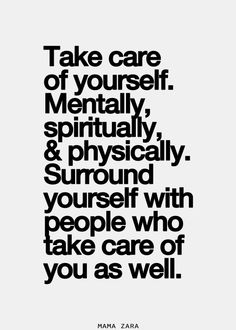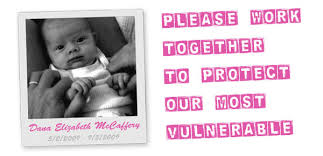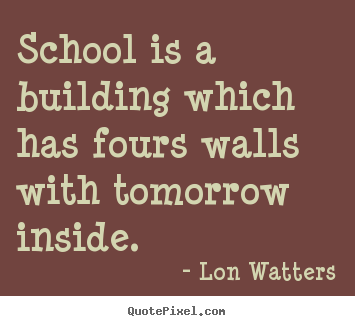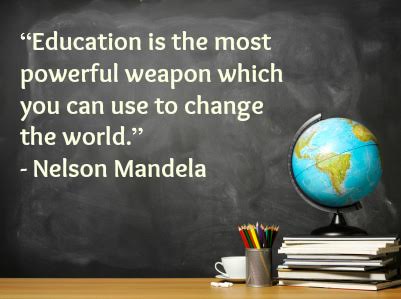Setting Children Up For Success
By Jill Telford and Berna Artis
Families and educators have one thing in common: every family wants the best and for their children to succeed. Is it enough to want it? What are some of the corner stones of success for our children?

Unfortunately, there is not an exact list or recipe for this but now we know more than we have ever known thanks to research and data. The bottomline is: families!

As a mom of a wonderful boy, I used to do everything for him. Dressing him up, putting dirty clothes in the laundry basket, cleaning his toys up, preparing his bookbag for school and tying his shoes. Actually the list is longer but this last one was a wake up call for me and my husband. I thought, “I can do this better, I can do that faster, he is tired let me help…” Until one day, he was playing soccer and while all of the other children were able to tie their cleats, our son was looking at us: “My shoes are untied, help”. It is ok to help of course but a 6 year old should have known how to tie his shoes.

After all, this is a skill they usually learn by four or five. How could he have learned when I was constantly disabling him by “helping” him tie his shoes? Since that day, gradually I stepped back and now I allow him to try and try again. Unless it is absolutely necessary, as in an emergency, I wait and he does it on his own. Folding his clothes, putting dirty clothes in the basket, preparing his bookbag for school, taking breakfast items out, setting the table, cleaning up his toys etc. In fact, every time he does something, I see the feeling of accomplishment and pride. Especially, after he helps take the groceries into the kitchen and puts things away with me. Small steps for me but a huge one for him: responsibility.

Taking responsiblity leads to appreciation. Instead of finding everything readily available, he works for it. He has a better understanding of coming home after a long busy day and helping to set the table or preparing his uniform for the next day. He has empathy for mommy and daddy because he knows how it feels fulfilling responsibilities no matter how tired we are. This is not any different than someone getting up and going to work even if he is tired from the previous day or night. Or in college, getting up early for finals after studying all night or completing a project by the deadline, no matter what the circumstances are. This is beneficial especially when most families are not with their children once they go to college.
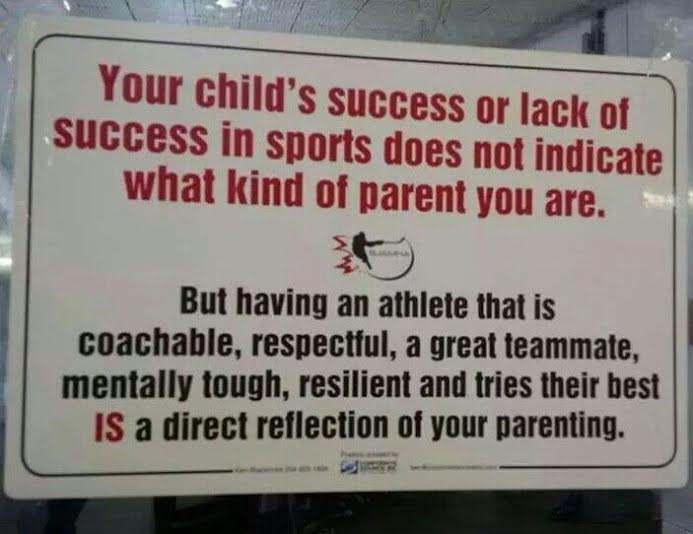
The importance of healthy social emotional development is undeniable. We encourage children to use their words instead of being physical. We model how to identify and label feelings so they can communicate and share their feelings with one another. We walk them through steps to resolve conflicts and negotiating. These are crucial skills for adulthood. Think about your collegaues, coworkers, family members and even friends.
What are the common issues in relationships? From experience, I find it to be lack of understanding, empathy, self-regulation and communication. The majority of the time, these are the culprits of poor performance, unhealthy and dysfunctional relationships. There is a saying that goes, “You should straighten the tree when it is young, once it gets older, it becomes harder and if you try to bend it, it breaks”. From childhood, you can see the predictors if the child will succeed or not. Childhood is precious and children have great potential to become functional and positive members of this world, as long as they get what they need to reach their fullest potential.

We work to set our children up for a better life than the one we had. The kind of life we never had not the kind of life we want for children. We help children set up the life they want for themselves and encourage, encourage not praise the whole way. There is a thin line between the two. In order to understand where you are going, you must recognize and realize where you come from. Coming from a family that valued hard work, grit (resiliency), integrity and fun, I carry that with me everywhere I go and apply it to every part of my life. Often when faced with challenges I think no worries, life is short, live the moment and in Pete the Cat’s terminology, “It’s all good”.

John Lennon was once asked what he wanted to be when he grew up and he said happy. They said he didn’t understand the assignment and he told them they didn’t understand life. When we think of our loved ones, we want the best and the best in reality is for them to be happy. If we instill this way of being, then they will not settle for less than they deserve.

 Our most vulnerable are our children, elderly, women and sick. These four groups deserve the best practice and high quality care: the word care. What does that mean? So many go into a 9-5 job and that is all it is for them: a job. A going through the motions like a machine kind of job. The worst is that some are good at their job and others are not. However, what sets a handful apart is how they care and treat another human being. It is caring for the job, taking pride in what you do and being happy with yourself when you look at the product and or your creation. It is also going the extra mile.
Our most vulnerable are our children, elderly, women and sick. These four groups deserve the best practice and high quality care: the word care. What does that mean? So many go into a 9-5 job and that is all it is for them: a job. A going through the motions like a machine kind of job. The worst is that some are good at their job and others are not. However, what sets a handful apart is how they care and treat another human being. It is caring for the job, taking pride in what you do and being happy with yourself when you look at the product and or your creation. It is also going the extra mile.

